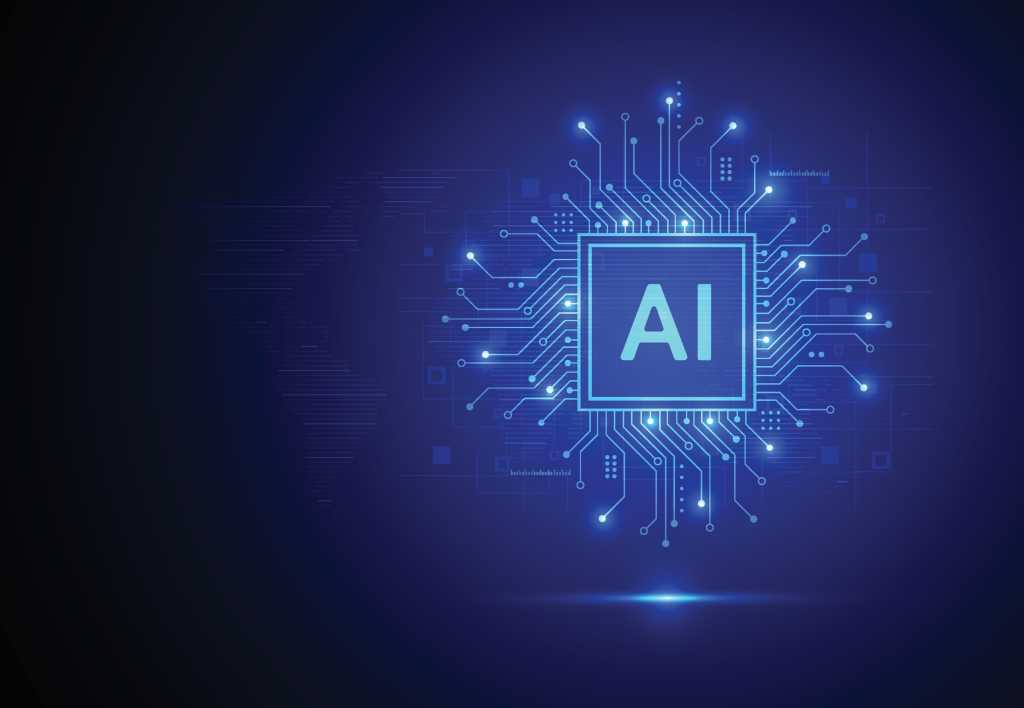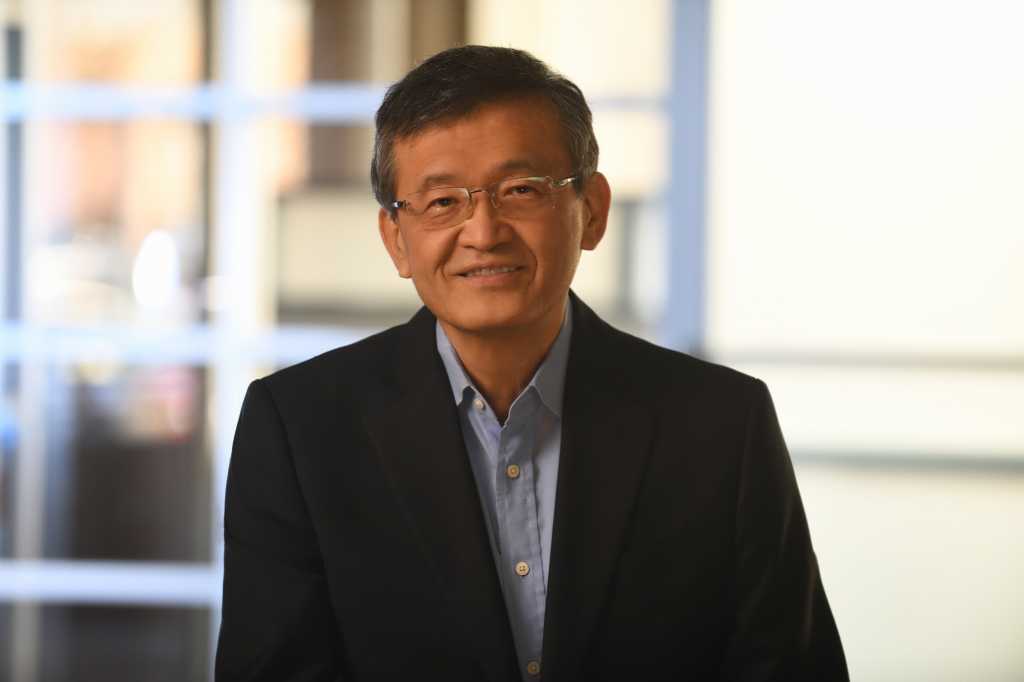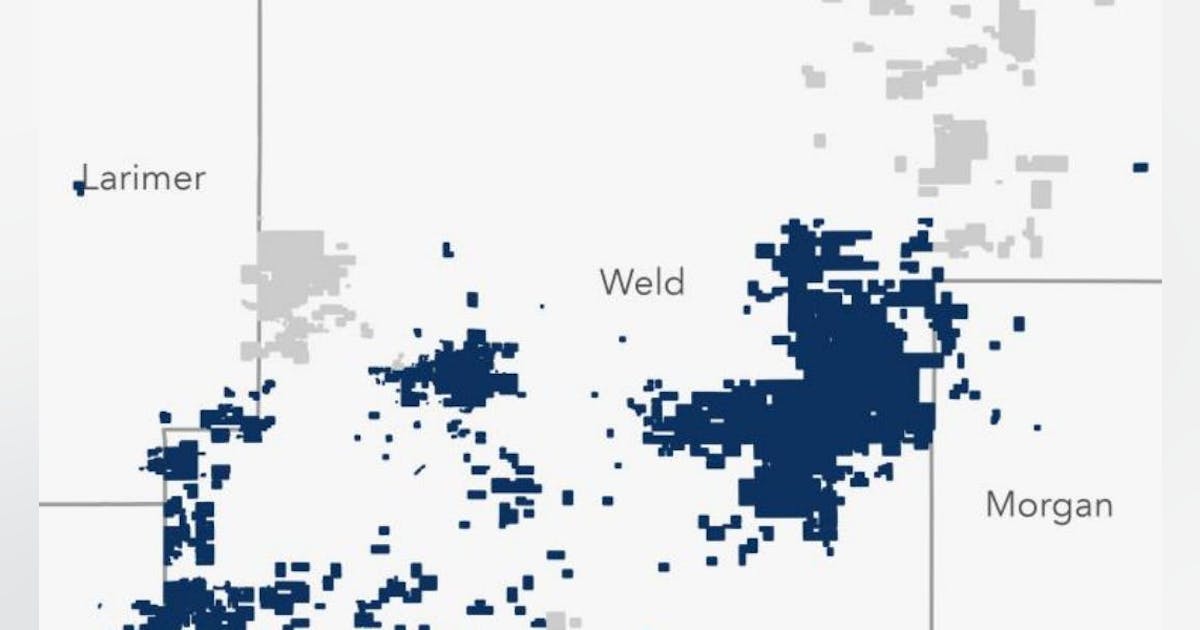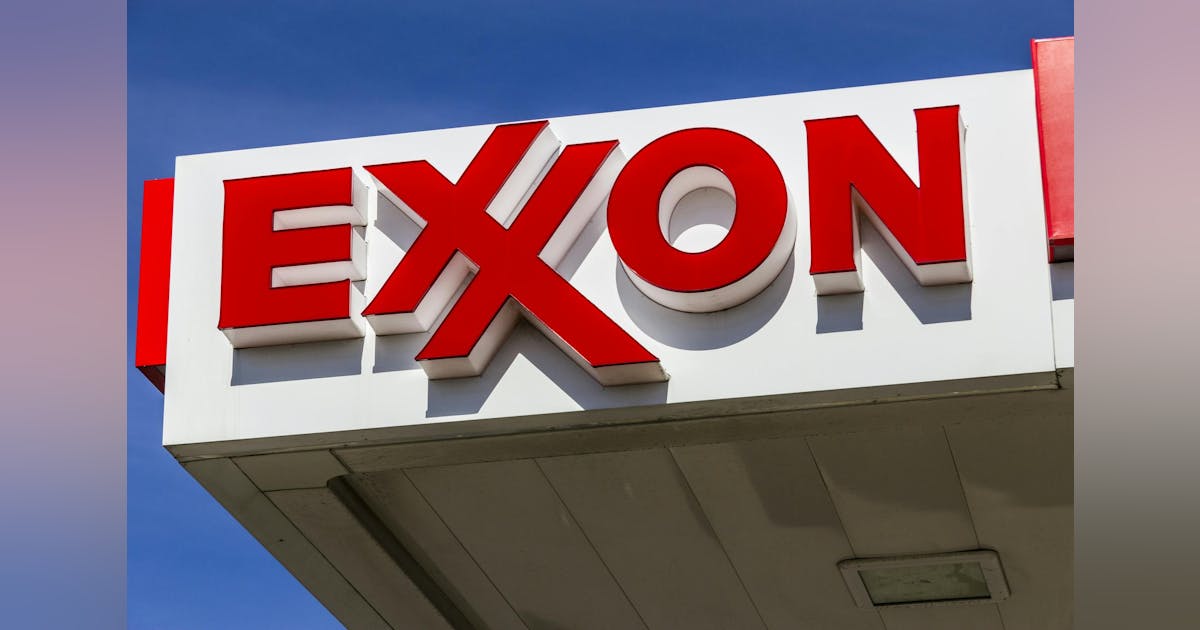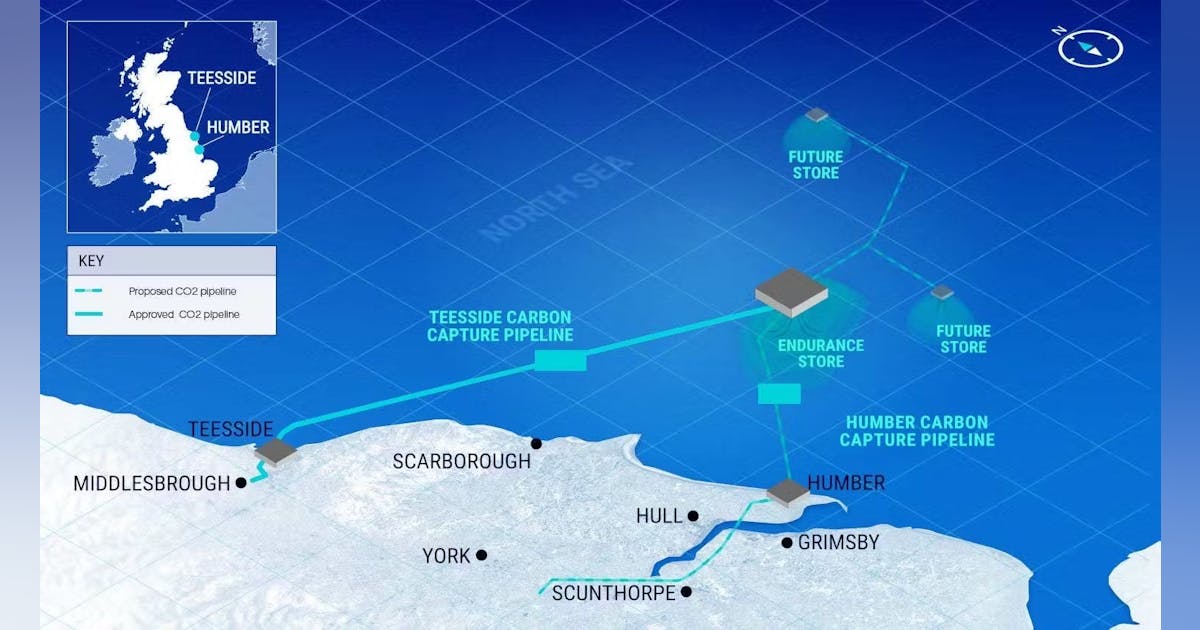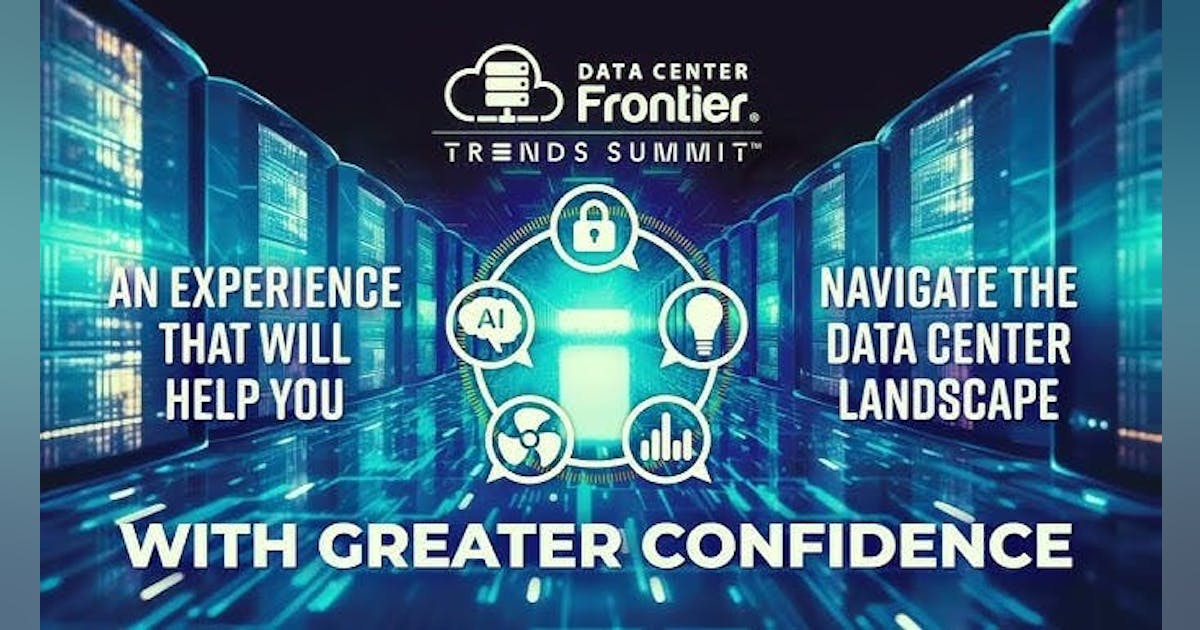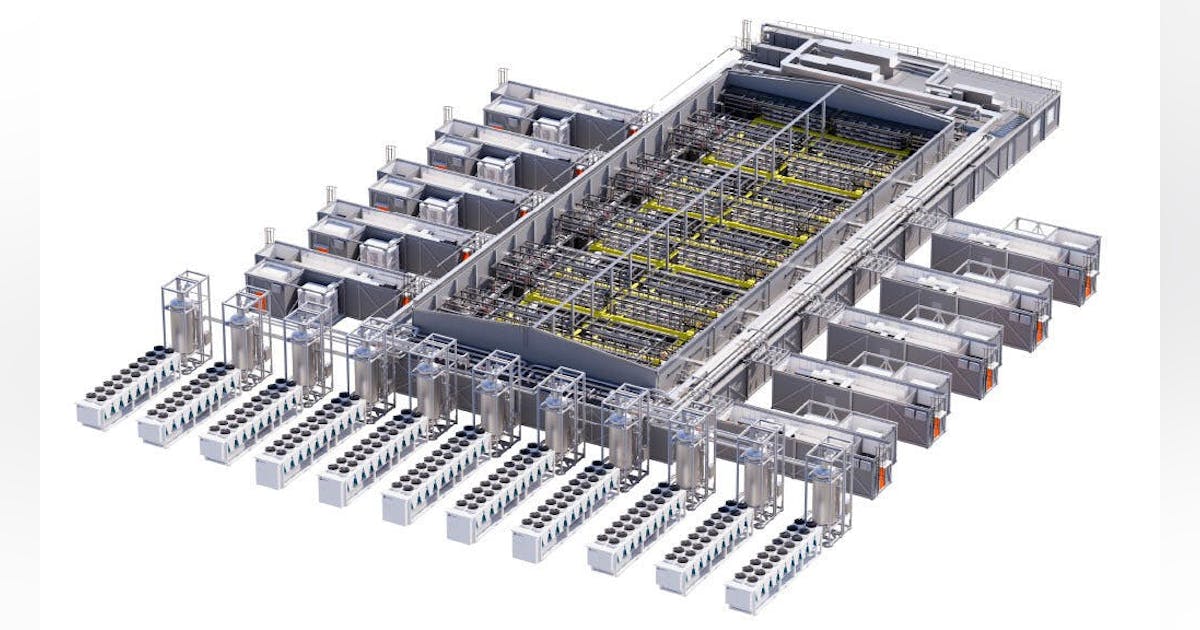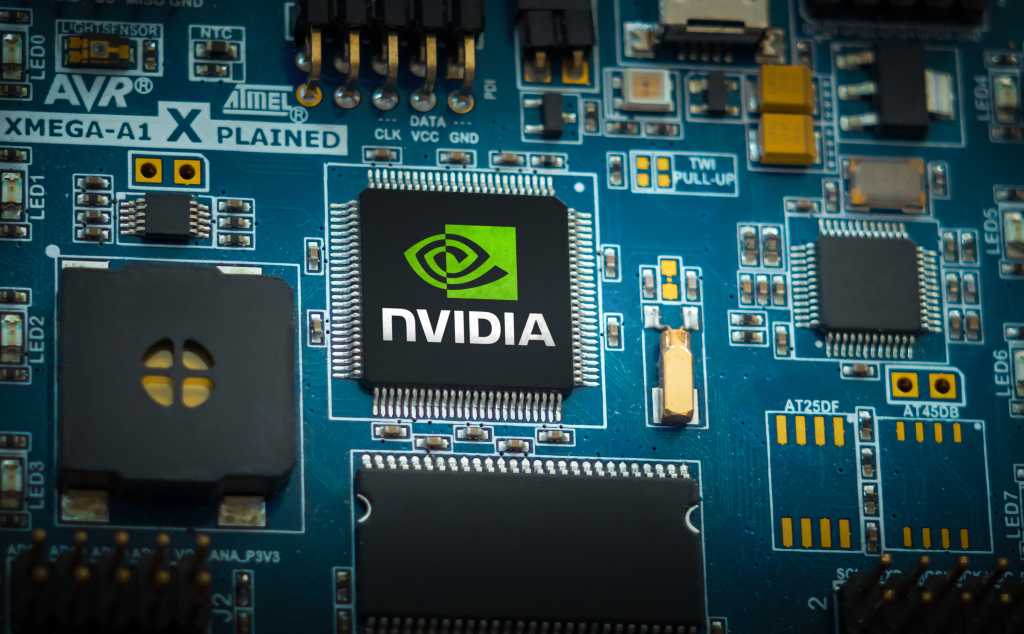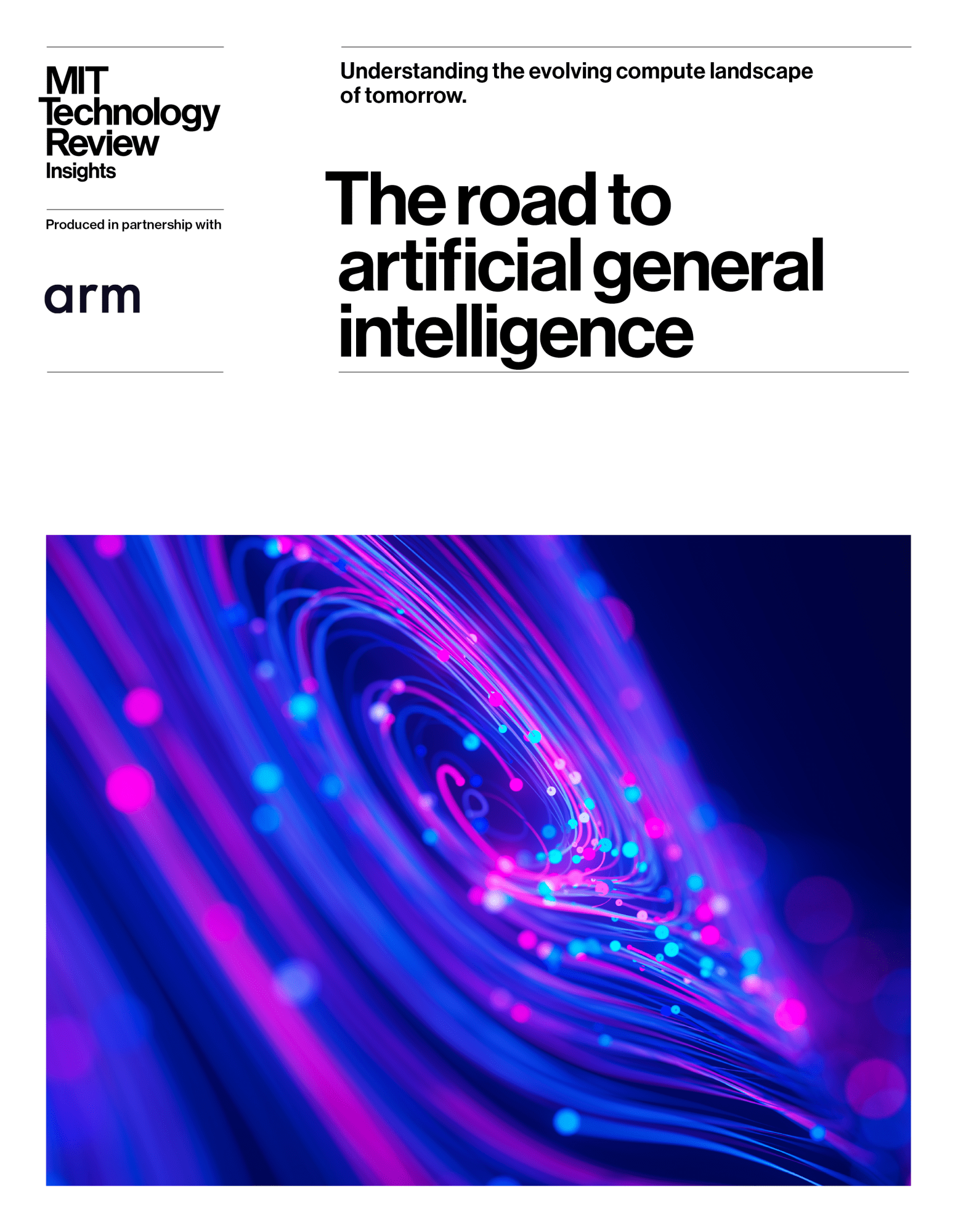
Oil dropped as a larger-than-expected US crude inventory gain and a bearish report from the International Energy Agency added to a gloomy outlook for markets.
West Texas Intermediate fell 0.8% to settle below $63 a barrel in a thin summer trading session. Prices tumbled after US crude stockpiles rose about 3 million barrels last week to the highest level in two months, according to government data.
Adding to a bearish trading day, the IEA said global oil inventories are poised for a record glut next year, a day after the US government also bolstered its view for a surplus in 2026.
Against that backdrop, traders are looking ahead to a meeting between US President Donald Trump and his Russian counterpart in Alaska on Friday geared toward ending the war in Ukraine. Trump warned he would impose “very severe consequences” if Vladimir Putin didn’t agree to a ceasefire agreement later this week.
Ukrainian President Volodymyr Zelenskiy said he won’t cede the eastern region of Donbas to Russia — a condition demanded by Putin to unlock a ceasefire — and pushed for Kyiv to be included in the talks. The country claimed an attack on a Russian oil-pumping station on Wednesday, though the impact was unclear and it wasn’t possible to independently verify Ukraine’s claims.
Crude prices have dropped about 13% this year as OPEC+ accelerated output hikes, though moves have been more muted in recent days amid thin summer trading. Oil traders are closely tracking preparations for the talks, given that they may result in an easing of US sanctions on OPEC+ member Russia.
“Markets continue to remain in a wait and see approach as we await the big Trump-Putin meeting in Alaska,” said Keshav Lohiya, founder of consultant Oilytics.
OilPrices
- WTI for September delivery fell 52 cents to settle at $62.65 a barrel in New York.
- Brent for October settlement dropped 49 cents to settle at $65.63 a barrel.
What do you think? We’d love to hear from you, join the conversation on the
Rigzone Energy Network.
The Rigzone Energy Network is a new social experience created for you and all energy professionals to Speak Up about our industry, share knowledge, connect with peers and industry insiders and engage in a professional community that will empower your career in energy.


